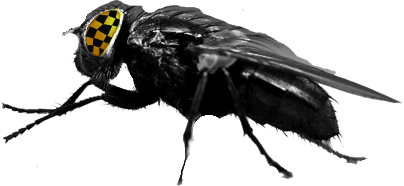Termites on the Gold Coast 10 Feb 2015
Termites are insects more commonly known in Australia as "white ants" but they are in fact not closely related to ants.
Similar to ants,some bees and wasps, termites divide their laborous jobs into groups and take care of their young as a group. A Termites main source of food is dead plant material, most commonly in the form of wood, leaf litter, soil or animal faeces. They can cause serious structural damage to buildings, crops and plantation forests.
Termites live in colonies that contain numbers ranging from several hundred to several million! A typical colony consists of nymphs(semi-mature young), workers, soldiers, reproductive individuals of both sexes and sometimes several egg laying Queens.
Worker termites forage, store food, maintain nest maintenance and perform some defense duties in certain species. Workers are the main caste in the colony for the digestion of the food and are the most likely to be found in the infested wood.
The soldier termite has a powerful, enlarged jaw providing strength and armour which are primarily useful against ant attack. The number of soldiers in a colony varies both within and amongst different species. Many soldiers have jaws so enlarged, they cannot feed themselves, but instead, like babies, are fed by the workers. Termite soldiers are typically blind, but in some families may have at least partly functional eyes.
Ants are the single biggest threat to termite nests. Soldier Termites armed with enlarged heads and powerful jaws can provide only very limited defense and delay a determined ant attack. Ants are more agile, often have functioning eyesight and attack in a planned, uniformed manner. Though powerful termite soldiers can provide only a suicidal delay to an ant invasion but one that results in preservation of the nest by workers who react quickly to close off the tunnels which are vital to the access of the deep interior of the nest.
A tunnel-blocking soldier can rebuff attacks from many ants. Usually more soldiers stand by behind the initial soldier so once the first one falls another soldier will take the place.
Upon maturity, a Queen has a great capacity to lay eggs and may produce 20,000 to 30,000 eggs a day!
The King continues to mate with the queen for life which can be up to 50 years for a Queen.


